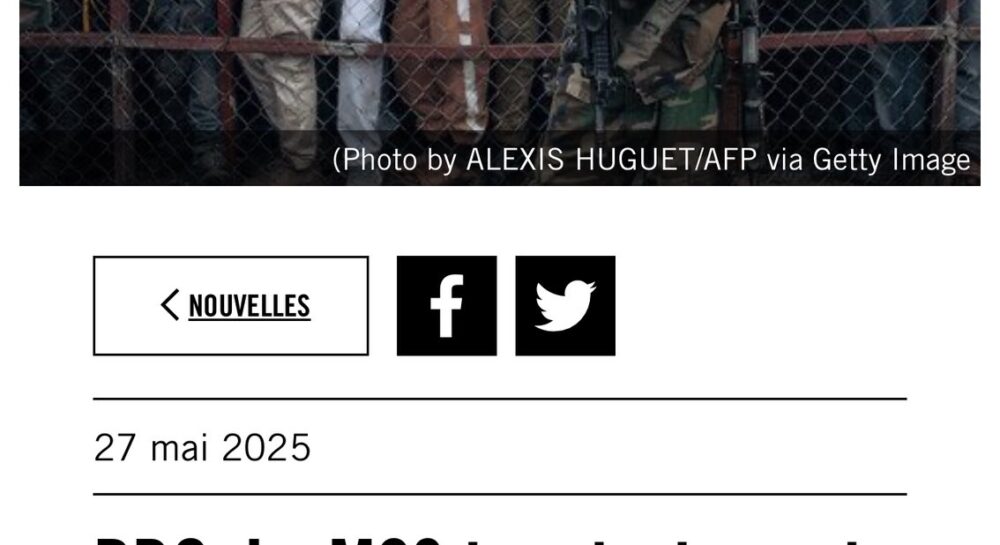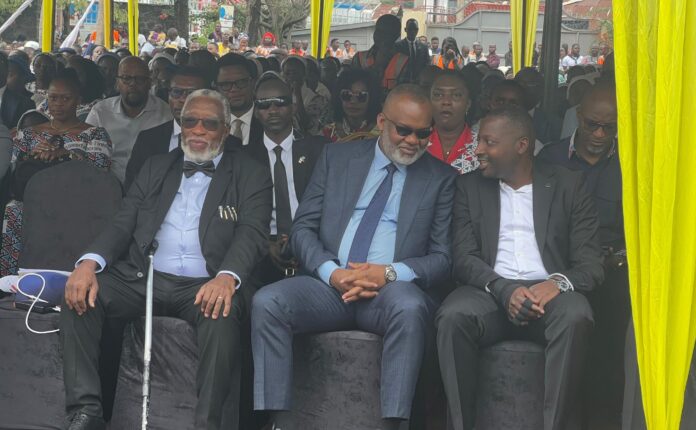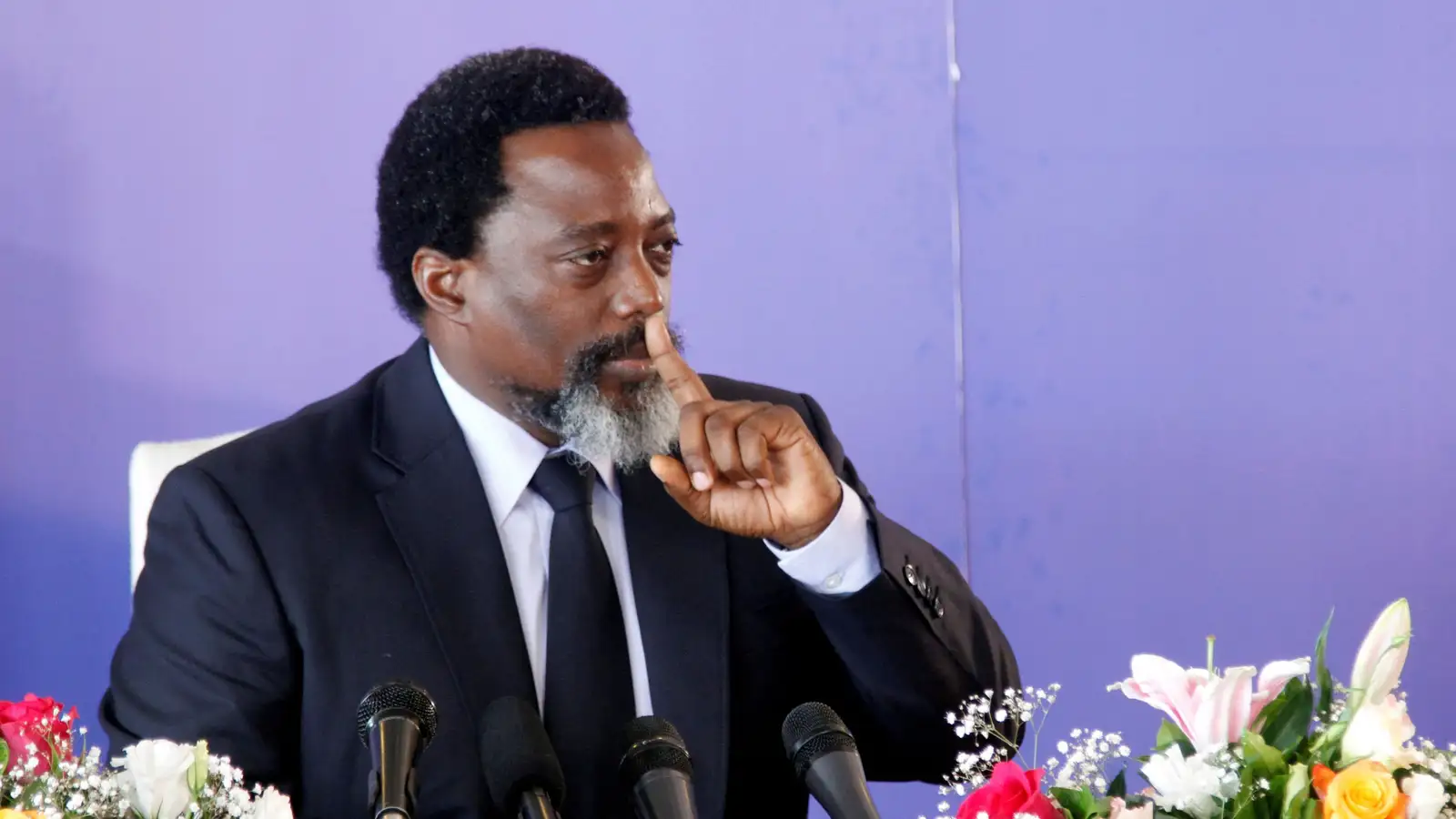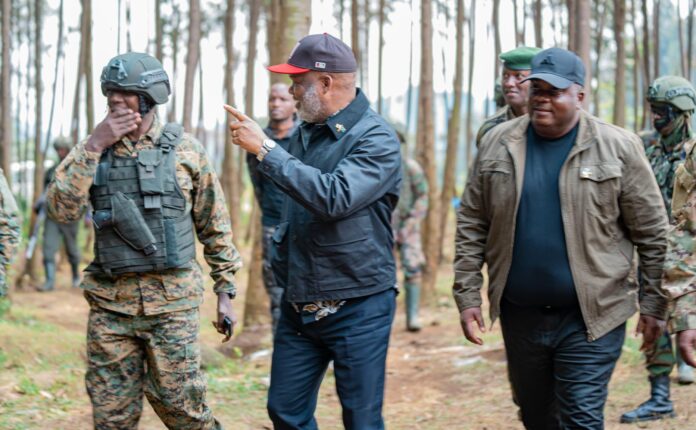A recent report by Amnesty International alleging acts of torture and unlawful civilian detention by the M23 movement in eastern Democratic Republic of Congo (DRC) is raising serious concerns not about the content itself, but about the integrity of the organization behind it.
Note: Company, Blog, Church websites are free.
While human rights groups are essential to ensuring accountability, they must be held to the same standards of transparency, ethics, and objectivity that they demand from others. In this instance, Amnesty International appears to have overstepped those boundaries weapon zing imagery, relying on politically compromised sources, and publishing a narrative that could dangerously undermine ongoing peace efforts in the region.
The most immediate issue lies with the report’s cover photo, credited to AFP photojournalist Alexis Huguet. The image is said to depict “Congolese men detained in inhumane conditions,” a framing that lends visual weight to Amnesty’s narrative of M23-led abuses.
However, this photo was not taken in a detention center. It is, in fact, from a public meeting held on February 6, 2024, at Goma’s Stade de l’Unité. The event widely covered by local and regional media, including ‘The New Times Rwanda’was a massive gathering of Goma residents celebrating what they viewed as their liberation by the M23/AFC coalition after decades of state failure, violence, ethnic persecution, and political marginalization.
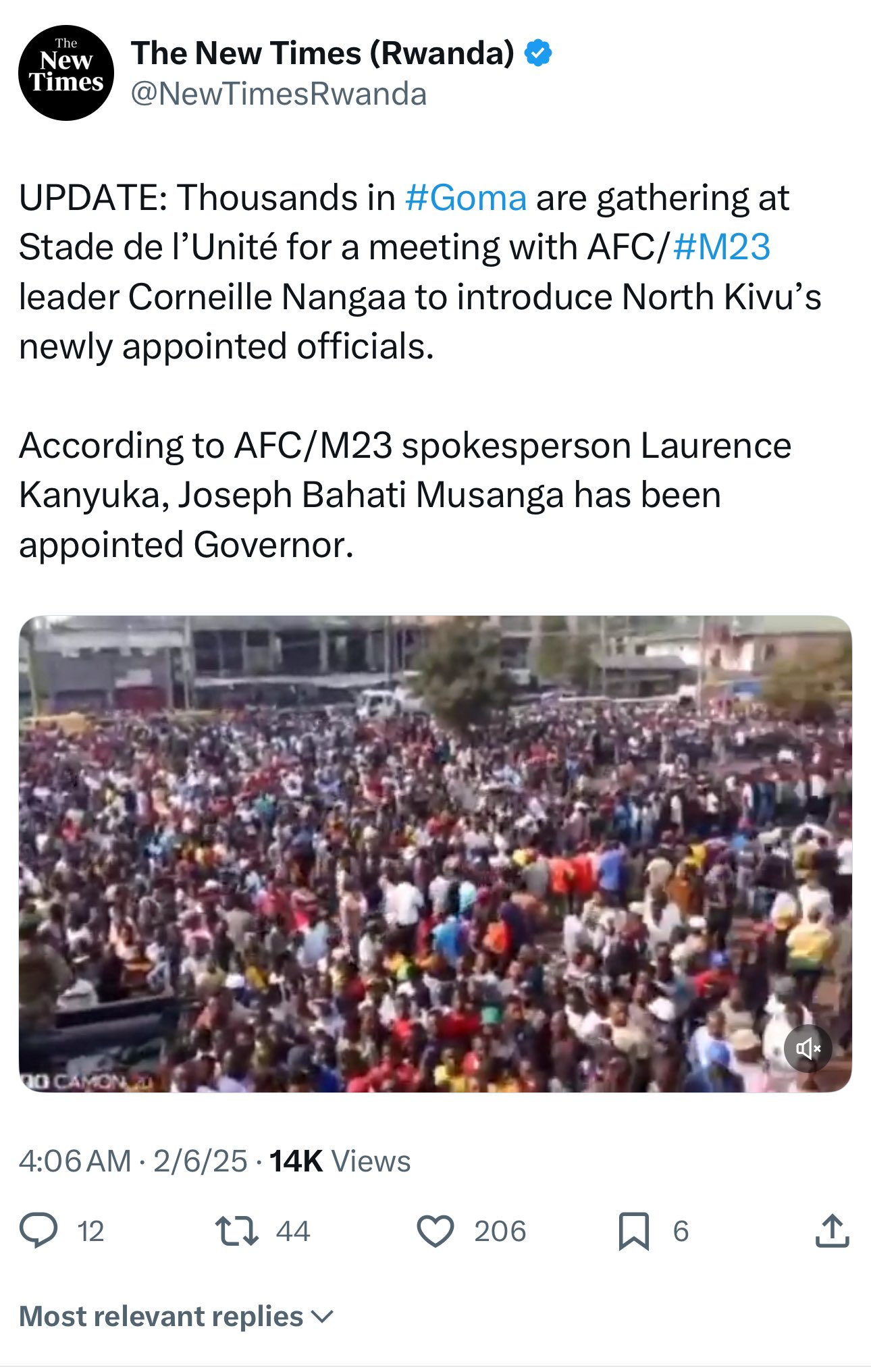
Video footage clearly shows that the stadium overflowed with attendees, many of whom were squeezed at entrances or forced to sit on the ground not due to detainment, but because of the sheer volume of people attending. Amnesty International’s choice to repurpose this image to suggest civilian abuse is not just misleading it is a deliberate act of narrative manipulation.
Concerns over the report’s factual integrity are further amplified by the involvement of Jean-Maubert Senga, Amnesty’s lead researcher for the DRC. Senga is a former member of LUCHA (Lutte pour le Changement), a political movement known for inflammatory rhetoric and a history of promoting anti-Tutsi sentiment. LUCHA’s ideological positions and ethnic overtones have contributed to the deepening of societal divisions in the DRC.
Allowing a figure with clear affiliations and ideological bias to shape such a critical report undermines Amnesty’s credibility. In regions as complex and historically fraught as eastern Congo, neutrality is not optional it is essential. Senga’s involvement calls into question the objectivity of the findings and suggests a broader problem within Amnesty’s research methodology.
Eastern DRC has suffered from over three decades of conflict, with millions displaced and hundreds of thousands killed. Yet amid the suffering, progress—albeit fragile—has been underway. The M23 movement, alongside the Alliance for the Congolese Forces (AFC), has positioned itself not as a rebel force but as a stabilizing actor advocating for the protection of historically marginalized communities and the restoration of order in lawless territories.
Recent peace efforts, backed by Qatar, the United States, and regional blocs such as the East African Community (EAC) and the Southern African Development Community (SADC), offer hope for a durable resolution. But these efforts are at risk when powerful NGOs, like Amnesty International, publish inflammatory reports based on dubious evidence and manipulated narratives.
By framing M23 as the singular aggressor, Amnesty glosses over the systematic abuses committed by the Congolese state and allied militias groups whose actions have led to massacres, forced displacements, and targeted killings. Such one-sided reporting not only obscures the full picture but feeds into the very cycles of violence and scapegoating that have perpetuated the conflict.
Human rights advocacy cannot operate in an echo chamber. When reports fail to distinguish between evidence and agenda, when photos are stripped of their context, and when researchers are driven by ideology rather than fact, the consequences are real: lives are lost, peace is delayed, and truth becomes collateral damage.
This is not a call to silence watchdog organizations it is a call to accountability. If human rights are to mean anything, then the process of defending them must be as principled and impartial as the cause itself.
The people of eastern Congo deserve more than biased reports and manipulated images. They deserve peace, stability, and justice rooted in facts not in narratives shaped by geopolitical interests or personal ideologies.
Amnesty International must reckon with its responsibility. The world is watching and the victims of this long and brutal conflict deserve honesty, not disinformation disguised as advocacy.
